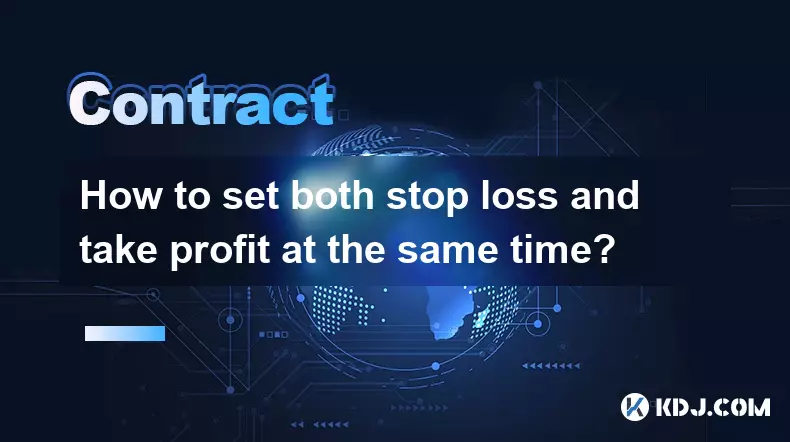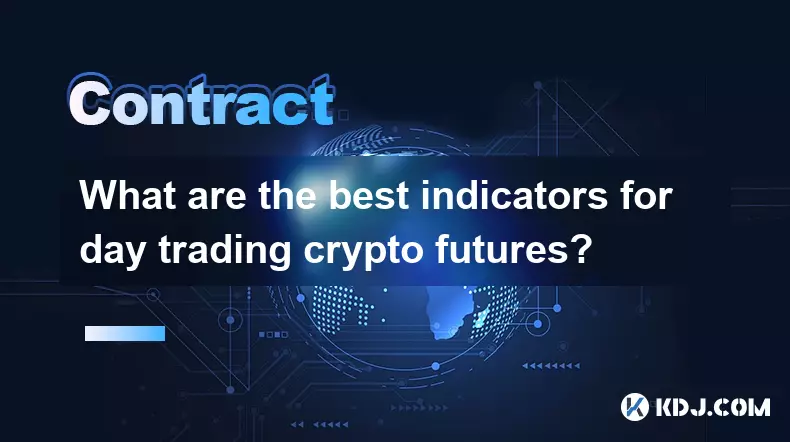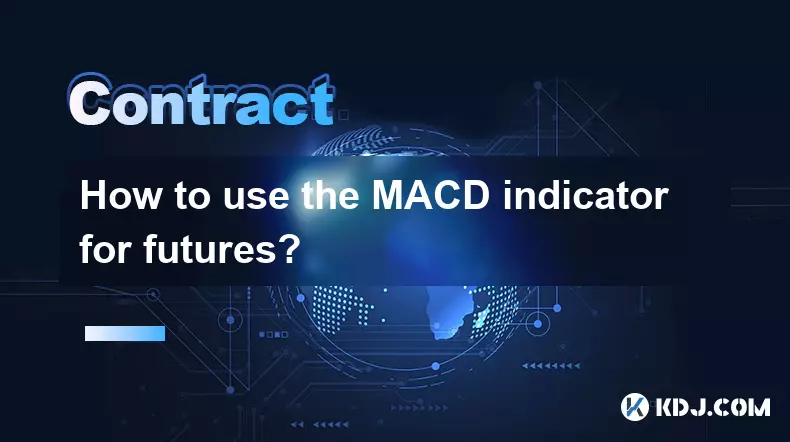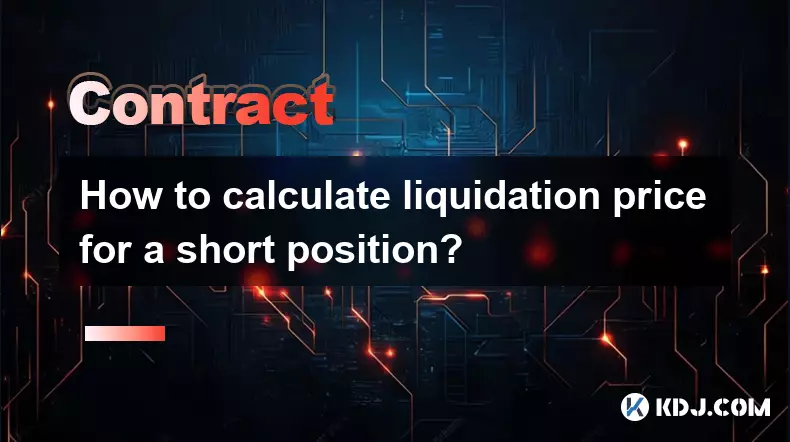-
 Bitcoin
Bitcoin $111100
0.49% -
 Ethereum
Ethereum $4304
0.21% -
 XRP
XRP $2.888
2.36% -
 Tether USDt
Tether USDt $0.9999
-0.03% -
 BNB
BNB $879.1
1.62% -
 Solana
Solana $207.9
2.67% -
 USDC
USDC $0.9998
-0.01% -
 Dogecoin
Dogecoin $0.2320
7.05% -
 TRON
TRON $0.3306
0.59% -
 Cardano
Cardano $0.8407
1.68% -
 Hyperliquid
Hyperliquid $48.50
3.55% -
 Chainlink
Chainlink $22.52
0.46% -
 Ethena USDe
Ethena USDe $1.001
-0.02% -
 Sui
Sui $3.395
0.74% -
 Bitcoin Cash
Bitcoin Cash $602.5
0.82% -
 Stellar
Stellar $0.3645
1.67% -
 Avalanche
Avalanche $24.82
0.93% -
 Hedera
Hedera $0.2211
0.99% -
 UNUS SED LEO
UNUS SED LEO $9.606
0.00% -
 Cronos
Cronos $0.2583
-2.44% -
 Litecoin
Litecoin $113.7
0.82% -
 Toncoin
Toncoin $3.094
0.39% -
 Shiba Inu
Shiba Inu $0.00001254
1.50% -
 Polkadot
Polkadot $4.040
4.96% -
 Uniswap
Uniswap $9.429
0.08% -
 Dai
Dai $0.9999
-0.01% -
 Ethena
Ethena $0.7629
3.04% -
 World Liberty Financial
World Liberty Financial $0.2111
-13.16% -
 Monero
Monero $269.9
0.50% -
 Aave
Aave $300.9
-0.41%
What does "reduce-only" mean for an order?
Reduce-only orders ensure trades only decrease existing positions, preventing accidental leverage increases and enhancing risk control in volatile crypto markets.
Sep 08, 2025 at 11:00 am

Understanding the Concept of 'Reduce-Only' Orders
1. A 'reduce-only' order is a type of trade instruction used in cryptocurrency margin and futures trading that ensures the order will only decrease an existing position rather than increase it. This means if a trader has an open long position, a reduce-only order will only allow them to sell, not buy more. Similarly, if they hold a short position, the order will only allow buying to close the position, not adding to the short.
2. The primary purpose of a reduce-only order is risk management. It prevents accidental position enlargement during volatile market conditions. Traders often use this feature when they want to exit part or all of a leveraged position without the risk of mistakenly opening a larger one due to misconfigured orders.
3. Exchanges implement reduce-only logic by checking the current position size and direction before executing the order. If the order would result in increasing the position—either by adding to an existing long or short—it will be rejected or ignored. This mechanism is particularly useful in automated trading systems where order logic must strictly follow predefined rules.
4. These orders are commonly found on platforms offering perpetual contracts and futures, such as Binance, Bybit, and OKX. They are often used in combination with take-profit and stop-loss strategies to ensure that exit orders do not inadvertently turn into entry orders under fast-moving price conditions.
5. Reduce-only functionality can be applied to both limit and market order types. When enabled, the exchange treats the order purely as a closing mechanism. This is especially important in high-leverage environments where a single mistaken order can lead to significant liquidation risks.
How Reduce-Only Orders Interact with Leverage
1. In leveraged trading, positions are amplified by borrowed funds, making order precision critical. A reduce-only order acts as a safeguard by ensuring that no additional leverage is taken on when attempting to close a position. This prevents margin overextension.
2. When a trader uses high leverage, even small price movements can trigger liquidation. A reduce-only order helps maintain control by only allowing actions that lower exposure. This is essential when managing multiple positions across different markets.
3. If a reduce-only sell order is placed on a long position and the price moves rapidly, the order will either fill partially or remain unfilled, but it will never open a short position. This behavior distinguishes it from regular orders, which might reverse the position if not carefully configured.
4. Some trading interfaces visually indicate when an order is set to reduce-only, often with a toggle switch or checkbox. Traders must be aware of this setting, especially when copying strategies or using pre-built templates, as misconfiguration can lead to missed exits.
5. On certain platforms, reduce-only orders may have priority in the order book when it comes to position reduction, meaning they are processed ahead of neutral or opening orders during high congestion periods, enhancing execution reliability.
Practical Use Cases in Crypto Trading
1. A day trader holding a 10 BTC long position on a futures contract might set a reduce-only limit order to sell 5 BTC at a specific price. This ensures that only half the position is closed and no additional long exposure is added, even if the market briefly dips and recovers.
2. During a sharp market downturn, a trader with a short position may place a reduce-only buy order to cover part of the position. This prevents the system from accidentally buying more shorts if the order is misinterpreted due to lag or interface error.
3. Algorithmic trading bots frequently use reduce-only parameters to manage risk. When a bot detects a reversal signal, it can issue a reduce-only command to scale out of a position without risking a full reversal that could be detrimental under false signals.
4. In grid trading strategies on futures markets, reduce-only orders are used to ensure that profit-taking steps only close portions of a position rather than building a counter-position. This maintains the intended directional bias of the strategy.
5. Traders using trailing stop-loss features often enable reduce-only mode to guarantee that the stop-loss only reduces the current position. Without this, a trailing stop could potentially open a new position in the opposite direction under certain exchange mechanics.
Frequently Asked Questions
What happens if a reduce-only order cannot be filled?If market conditions prevent execution—such as insufficient liquidity or price gaps—the order remains open until it can be filled or is canceled manually. It will not be converted into another type of order.
Can reduce-only orders be used in spot trading?While primarily designed for futures and margin, some platforms allow reduce-only logic in spot margin accounts where borrowed assets are involved. It has limited relevance in standard spot trading without leverage.
Do all cryptocurrency exchanges support reduce-only orders?Most major derivatives exchanges do support this feature, but availability varies. Smaller or spot-focused platforms may not offer it, especially if they lack margin or futures products.
Disclaimer:info@kdj.com
The information provided is not trading advice. kdj.com does not assume any responsibility for any investments made based on the information provided in this article. Cryptocurrencies are highly volatile and it is highly recommended that you invest with caution after thorough research!
If you believe that the content used on this website infringes your copyright, please contact us immediately (info@kdj.com) and we will delete it promptly.
- Aster's Token Unveiling: Decentralized Exchanges Hit New Heights
- 2025-09-08 13:05:16
- HBAR Short Squeeze: A $35 Million Liquidation Opportunity?
- 2025-09-08 12:25:12
- BCH Price: Bitcoin Cash Technical Momentum Eyes $650 Target
- 2025-09-08 12:45:12
- Worldcoin's Bullish Run: Rallying Towards New Heights?
- 2025-09-08 12:25:12
- Altcoin Surge Incoming? Strategic Accumulation and the Fed Rate Cut
- 2025-09-08 12:45:12
- Bitcoin, Dogecoin, Solana: Navigating Crypto's Crossroads
- 2025-09-08 14:25:14
Related knowledge

How to set both stop loss and take profit at the same time?
Sep 06,2025 at 04:36pm
Understanding Simultaneous Stop Loss and Take Profit Orders1. Placing both stop loss and take profit orders at the same time is a standard practice in...

What is copy trading for crypto futures?
Sep 07,2025 at 02:00am
What Is Copy Trading in Crypto Futures?1. Copy trading in crypto futures allows investors to automatically replicate the trades of experienced traders...

What are the best indicators for day trading crypto futures?
Sep 08,2025 at 10:18am
Top Technical Indicators for Crypto Futures Day Trading1. The Relative Strength Index (RSI) is widely used to identify overbought or oversold conditio...

How to use the MACD indicator for futures?
Sep 07,2025 at 09:00pm
Understanding the MACD Indicator in Futures Trading1. The MACD (Moving Average Convergence Divergence) indicator is a momentum oscillator widely used ...

What to do if you are about to be liquidated?
Sep 06,2025 at 01:00am
Understanding Liquidation in the Crypto Market1. Liquidation occurs when a trader’s margin balance falls below the required maintenance margin, forcin...

How to calculate liquidation price for a short position?
Sep 08,2025 at 03:54am
Understanding the Basics of Short Position Liquidation1. A short position in the cryptocurrency market involves borrowing an asset and selling it imme...

How to set both stop loss and take profit at the same time?
Sep 06,2025 at 04:36pm
Understanding Simultaneous Stop Loss and Take Profit Orders1. Placing both stop loss and take profit orders at the same time is a standard practice in...

What is copy trading for crypto futures?
Sep 07,2025 at 02:00am
What Is Copy Trading in Crypto Futures?1. Copy trading in crypto futures allows investors to automatically replicate the trades of experienced traders...

What are the best indicators for day trading crypto futures?
Sep 08,2025 at 10:18am
Top Technical Indicators for Crypto Futures Day Trading1. The Relative Strength Index (RSI) is widely used to identify overbought or oversold conditio...

How to use the MACD indicator for futures?
Sep 07,2025 at 09:00pm
Understanding the MACD Indicator in Futures Trading1. The MACD (Moving Average Convergence Divergence) indicator is a momentum oscillator widely used ...

What to do if you are about to be liquidated?
Sep 06,2025 at 01:00am
Understanding Liquidation in the Crypto Market1. Liquidation occurs when a trader’s margin balance falls below the required maintenance margin, forcin...

How to calculate liquidation price for a short position?
Sep 08,2025 at 03:54am
Understanding the Basics of Short Position Liquidation1. A short position in the cryptocurrency market involves borrowing an asset and selling it imme...
See all articles

























































































